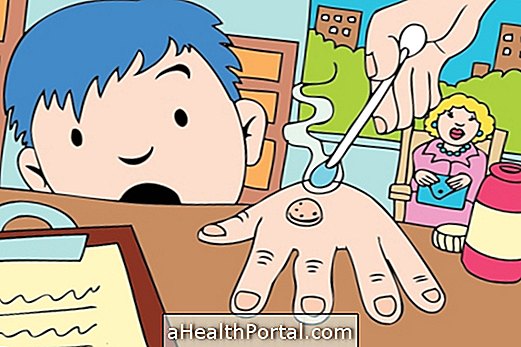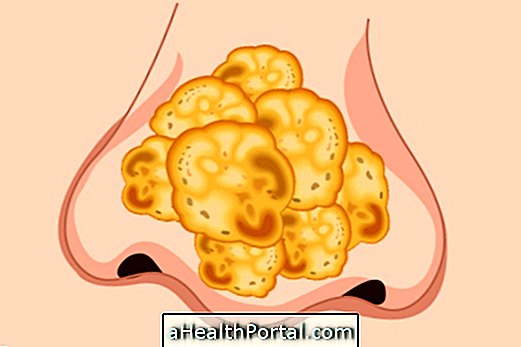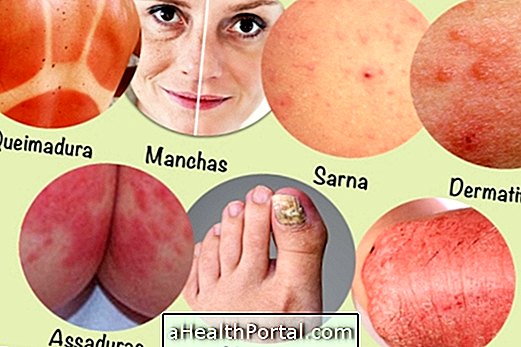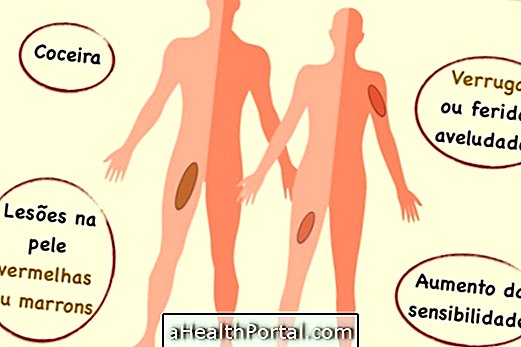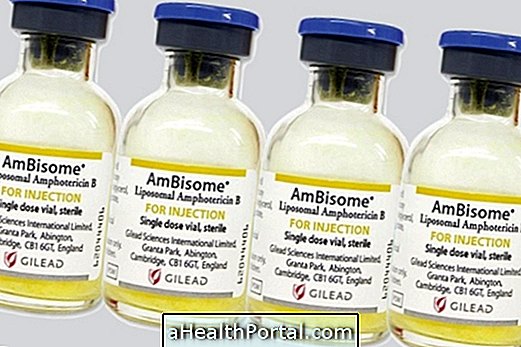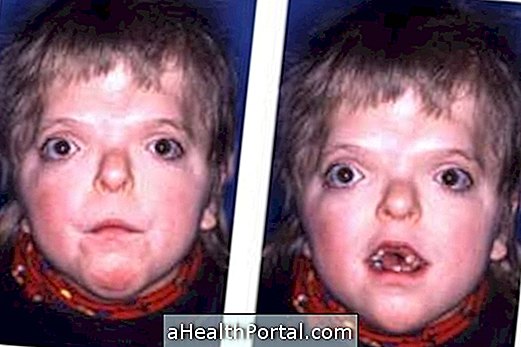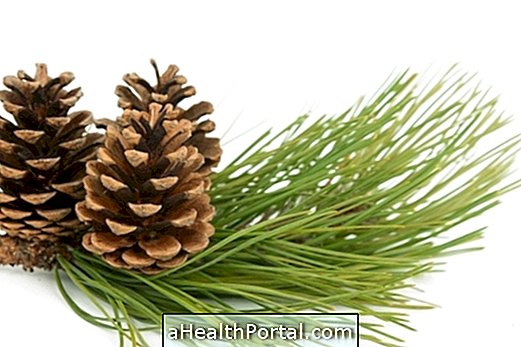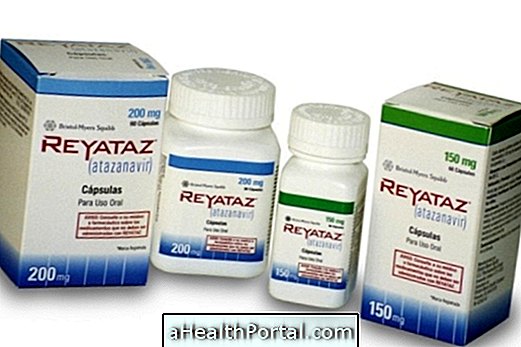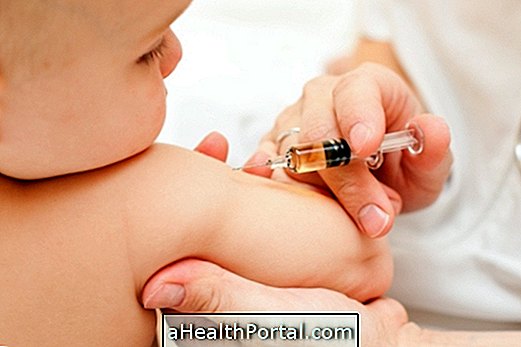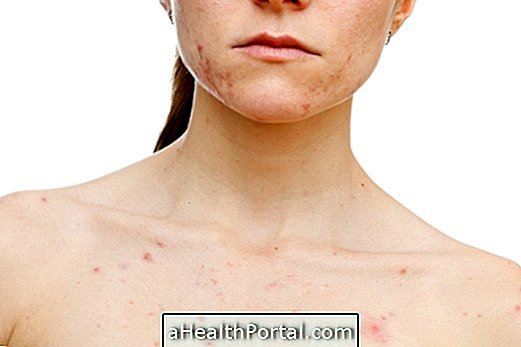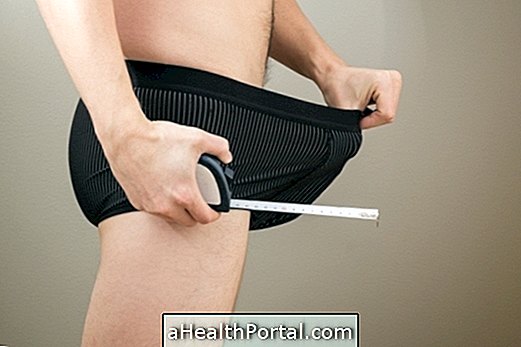Treatment for impetigo should be done by applying an antibiotic ointment prescribed by the physician. Treatment should be started as soon as possible to prevent the progression of this infection to reach deeper regions of the skin, making treatment and elimination of the bacteria more difficult. It is usually indicated to apply the ointment 3 to 4 times a day for 5 to 7 days or until the wounds completely disappear.
Impetigo is more common in children and is contagious, so the infected person should not go to school or work until the disease has been controlled. During treatment to control Impetigo it is recommended to separate all clothing, towels, sheets and personal belongings to prevent the disease from passing to other people in the family.
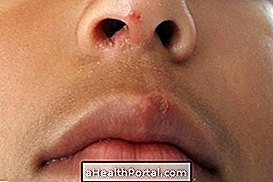

When the person presents small wounds with crust on the skin these can be removed with soap and water, which is usually enough. However, when the wounds are large, having more than 5 mm in diameter should not remove the crust, but rather pass the ointment or lotion recommended by the doctor.
Remedies for Impetigo
Antibiotic ointments that may be used are bacitracin, fusidic acid, or mupirocin, but as these may lead to bacterial resistance these should not be used frequently in the same person, nor for treatments for more than 8 days.
So the remedies that can be indicated are:
- Physiological serum to soften the wounds, increasing the efficacy of the ointment;
- Antiseptic lotion like Merthiolate to eliminate germs;
- Antibiotic ointments such as neomycin, nebacetin, mupirocin, gentamicin, retapamilin or Cicatrene, for example.
- Amoxicillin + Clavulanate can be used in infants and children when there are many lesions or signs of complications.
- Long antibiotics like: erythromycin or cephalexin, when there are many skin lesions.
Usually the treatment lasts 7 or 8 days, and even if the skin wounds disappear sooner, the treatment must be continued for all the days indicated by the doctor.
Here are some home remedies that can help with treatment by clicking here.
Care not to pass the disease on to others
The food need not be special, but it is recommended to ingest more water or liquids like natural fruit juice or teas to speed recovery and prevent dryness of the skin, which could worsen the lesions.
The bath should be taken at least once a day, and the remedies should be applied to all wounds soon after the bath. Face, bath, hand towel and clothing towels should be separated daily to wash with warm soapy water, separately from other family clothing, so as not to spread the disease.
It is recommended that the patient wash their hands with soap and water several times a day and avoid touching other people because this disease is highly contagious. Dishes, glasses and cutlery should be washed immediately after use.
It is also important to avoid covering the wounds on the skin with too much clothing, letting the skin breathe and keeping the nails cut and sanded to avoid possible infections that can be caused by scratching the wounds with dirty nails.
After treating the child's wounds parents need to wash their hands and keep their nails short and sanded to avoid contamination.
What to do so you do not have impetigo again
To avoid impetigo again, follow the treatment indicated by the doctor until the wounds are fully healed. Sometimes the bacteria gets stored inside the nose for long periods and so if the child puts their finger inside the nose to remove dirt or habit, their nails may cut the skin and the proliferation of these bacteria can happen again.
Thus, it is very important to use the antibiotic ointment for up to 8 consecutive days and to teach the child that he can not put his finger in the nose to prevent minor injuries from happening. Keeping the child's nails always very short and cleaning his nose daily with saline solution are also great strategies to prevent impetigo from appearing again.
Signs of improvement
Signs of improvement begin to appear 3 to 4 days after the start of treatment, with a decrease in wound size. After 2 or 3 days from the start of treatment the person can return to school or work because the disease is no longer transmissible.
Signs of worsening
Signs of worsening usually appear when the treatment is not performed, and the first sign may be the appearance of new wounds on the skin. In this case, the doctor may request antibiogram to identify the bacterium causing the infection and thus be able to indicate the most indicated antibiotic.
Complications
Complications due to impetigo are rare, and most affect people who have compromised immune systems, such as can occur in people who are being treated for AIDS or cancer, or who have some type of autoimmune disease. In that case, there may be increased skin sores, cellulitis, osteomyelitis, septic arthritis, pneumonia, glomerulonephritis, or septicemia when the bacteria reaches the blood and spreads through the body. Signs that may indicate complications are very dark or absent urine, fever and chills.
